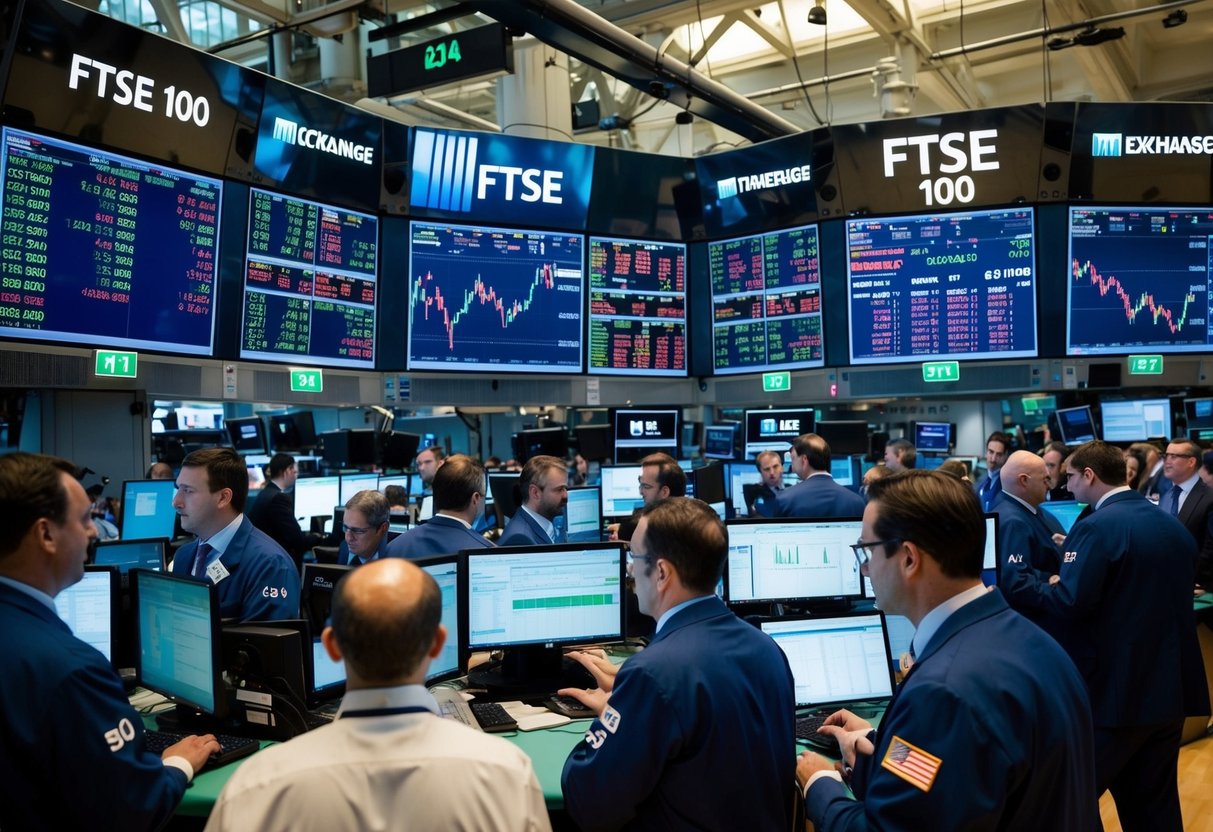HDFC Bank’s Role in the Nifty 50: Weightage & Significance
Nifty 50 is the main index of the Indian stock market. It includes the top 50 companies across various industries. Investors track it to get market insights.
Within this basket of Nifty 50, HDFC Bank has been a key player and has always stood out as one of the most important components in the performance of this index, reflecting the growth of the Indian banking sector. In this blog, we will explore HDFC Bank’s weightage in the Nifty 50 and its importance in this index.
What is HDFC Bank’s Weightage in the Nifty 50
As of 29 August 2025, HDFC Bank has a weightage of around 13% in the Nifty 50, making it the highest-weighted single stock in the index.
With a market capitalization of around ₹1.48 lakh crore, its price movements significantly influence the broader index and the Indian stock market as a whole.
This weightage is recalibrated regularly based on changes in free float market capitalization, further solidifying the leadership of HDFC Bank in the Nifty 50 basket.
Why HDFC Bank is Important for the Nifty 50 Index
The reasons behind the importance of HDFC Bank in the Nifty 50 index are mentioned below:
Driving Volatility and Index Moves
Movements in the Nifty 50 index are a weighted average of its constituents; therefore, any sharp movement in the HDFC Bank share price instantly affects the Nifty 50 index. During times of high volatility or market stress, HDFC Bank’s stability can even provide a cushion against index swings, preventing a sharp decline in the Nifty 50 index.
Capital Allocation Magnet
Institutional investors like FIIs and DIIs often add large sums to index heavyweights like HDFC Bank, treating them as “core holdings” in their Indian portfolios. This concentration allows the bank to attract more inflows from other investors, driving liquidity for both the stock and the financial products related to the Nifty 50.
Passive Investment Impact
The portfolios of ETFs, index funds, and derivatives linked to the Nifty 50 index are structured based on the index weights of the Nifty 50 stocks list. Passive inflows quickly adjust as HDFC Bank’s weight rises or falls during rebalancing, often leading to significant real-time capital movements in the stock.
Reflective of the Banking Sector
As of 29 August 2025, with almost one-third (28.61%) of the sector weight, HDFC Bank is also the largest component of the Nifty Bank index. As India’s largest private bank, its lending expansion, asset quality, and digital initiatives often set the standard for the banking sector in India, further cementing its relevance in the Nifty 50.
Strategic Influence on Investment Products
HDFC Bank is often a major player in the majority of actively managed mutual funds and pension products that are benchmarked against the Nifty 50 index. Because of its steady profit growth and governance standards, it is a popular anchor for creating diversified equity portfolios.
Market Sentiment Driver
Because of its significant weight, HDFC Bank’s operational performance, management commentary, and quarterly results act as key indicators for the overall market. Positive surprises from HDFC Bank have a tendency to boost overall investor sentiment, while negative news can have pronounced repercussions across sectors.
Conclusion
With HDFC Bank a key player in the Nifty 50 index, it is at the center of India’s financial markets. Its significance is unparalleled in the Indian stock market, as it influences daily index movements, attracts passive and institutional flows, and sets benchmarks for the entire banking sector.
By tracking the performance of HDFC bank investors, traders, and market observers can gain key insights into the entire Indian equity market in 2025.







